
CHOCOLATE – TYPES AND PROPERTIES
Chocolate is one of the pleasures that everyone can indulge in. It is valued mainly for its great taste and as a mood enhancer.
Cocoa beans appeared in Europe after Christopher Columbus arrived in the Americas. The Spaniards, however, were unable to use their potential. It was not until the 19th century that the idea of combining powdered grains, sugar, and dissolved cocoa butter appeared, which, together with the invention of the press, led to the creation of the first chocolate bar. Today there are many varieties and types of it.
Chocolate enthusiasts know very well that this delicacy is not only sugar, fat, and unnecessary calories, but also a source of minerals, a certain amount of vitamins, and other biochemically active ingredients, such as, for example, theobromine, flavonoids, caffeine, and phenylethylamine.
Chocolate is made from cocoa beans native to South America and is now also grown in Africa, the West Indies, warm regions of the United States, and the Far East. The cocoa beans ripen in large pods. After harvesting, the grains and the pulp from pods ferment in the sun. The pulp evaporates and the beans acquire a chocolate flavor. The outer skins are then removed and the beans are either left in the sun or fired. The edible part is used to make cocoa and chocolate.
A little history…

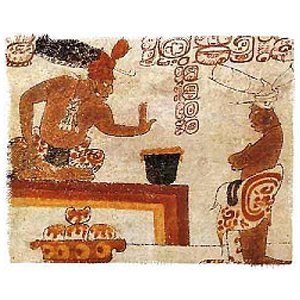
Chocolate was originally called “xocoatl,” made by the Aztecs using water, cocoa, chili, and vanilla. The hot drink was such a hit with Latin Americans that they were sure there must be a cocoa god.
In 1528, the Spanish conquerors brought this plant to Europe, where it was first enriched with cane sugar and honey. In Europe, cocoa was considered healthy and stimulating. They were also often used as an aphrodisiac. For these reasons, they were sold in European pharmacies until the 19th century.
In 1847, the Fry & Sons company in Bristol (England) had the brilliant idea of adding sugar and cocoa butter instead of water and pouring a thick mass into a mold – thus the first chocolate bar was invented.
The Swiss have developed an innovative technique of “conching,” which gives the chocolate a delicate, creamy texture and allows it to fully extract its flavor. Rodolphe Lindt discovered this technique and was the first to create delicate, smooth chocolate. His method was patented in 1879.
Where is cocoa grown?
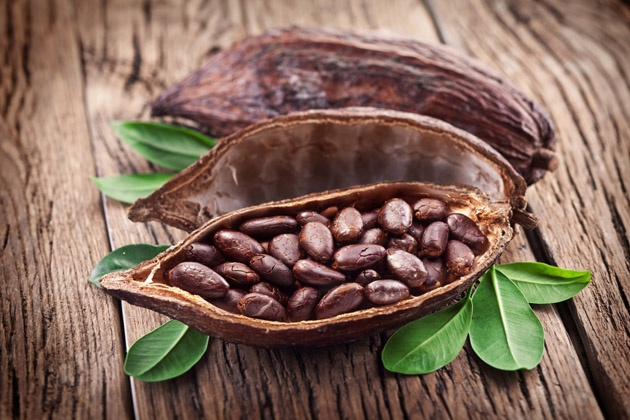
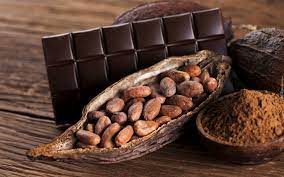
Cocoa prefers a tropical climate because it needs humidity and cannot withstand temperatures below 15 degrees. The main cultivation areas are therefore in Central America, Africa, and Southeast Asia. The main cultivating countries are Côte d’Ivoire, Ghana, Nigeria, Cameroon, Indonesia, Brazil, the Dominican Republic, Ecuador, Mexico, Peru, and Bolivia. Today, around 70% of all cocoa beans come from West Africa. Cocoa can also be found in Madagascar, Costa Rica, Jamaica, and Venezuela.
How do cocoa beans turn into chocolate?

After harvesting, the cocoa beans are fermented, allowing the characteristic aromas to develop for the first time and allowing the beans to separate from the flesh and turn brown.
The beans contain up to 60% of fermented water and must dry out to allow further processing and extend the shelf life.
The cocoa beans are then transported from the growing regions to chocolate factories, where contaminants such as sand and jute are removed. The beans are then roasted, allowing their flavor to develop fully. The husk is removed and the rest ground to start making chocolate.
Types of chocolate
Bitter chocolate
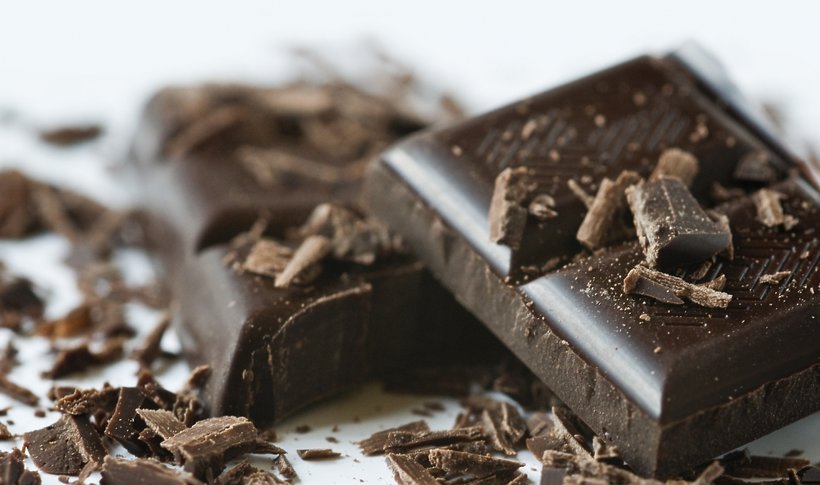
Dark chocolate contains at least 70% cocoa solids, cocoa butter, sugar, and sometimes a small amount of vanilla. It should be prepared at a temperature of 31.1–32.7 ° C. Its taste is slightly bitter, and the intensity intensifies as the cocoa content in the product increases. It is considered the most valuable chocolate because it contains nutrients such as magnesium, potassium, and iron, which positively affect the work of the brain and circulatory system and improve well-being.
Dessert chocolate
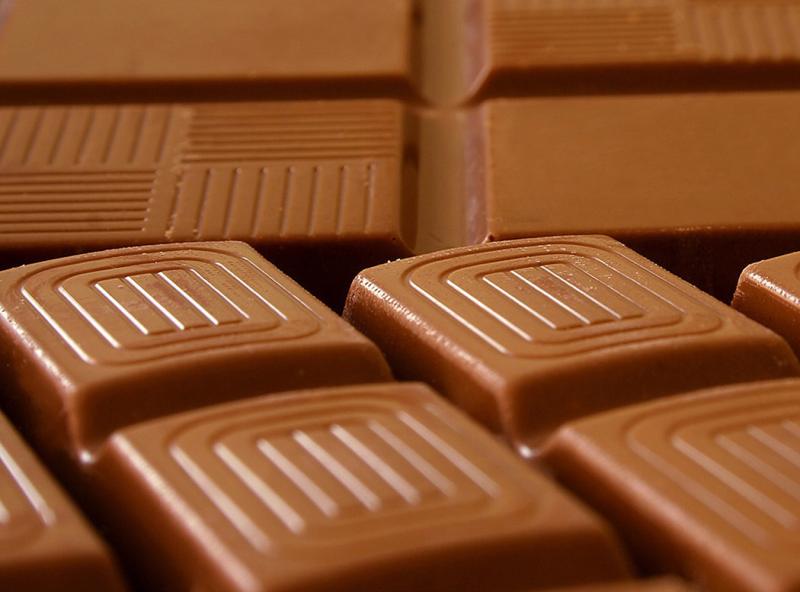
Dark chocolate contains 30 to 70% cocoa, mainly in pulp form. The other ingredients are cocoa butter, sugar, and sometimes flavorings. It is relatively sweet and eagerly used in confectionery (e.g., for making chocolates).
Milk chocolate
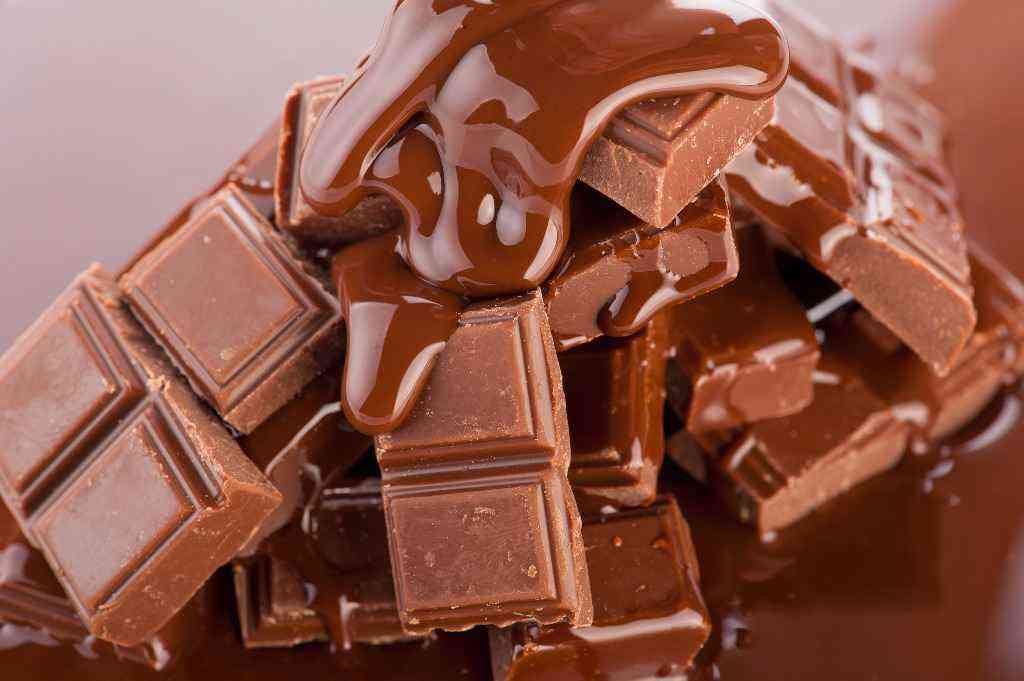
Milk chocolate has a cocoa mass of 20-30%. It is very sweet and mild in taste, which is why it is most often eaten by children. Milk chocolate is the basis of most bars, wafers, cookies, and chocolates.
White chocolate
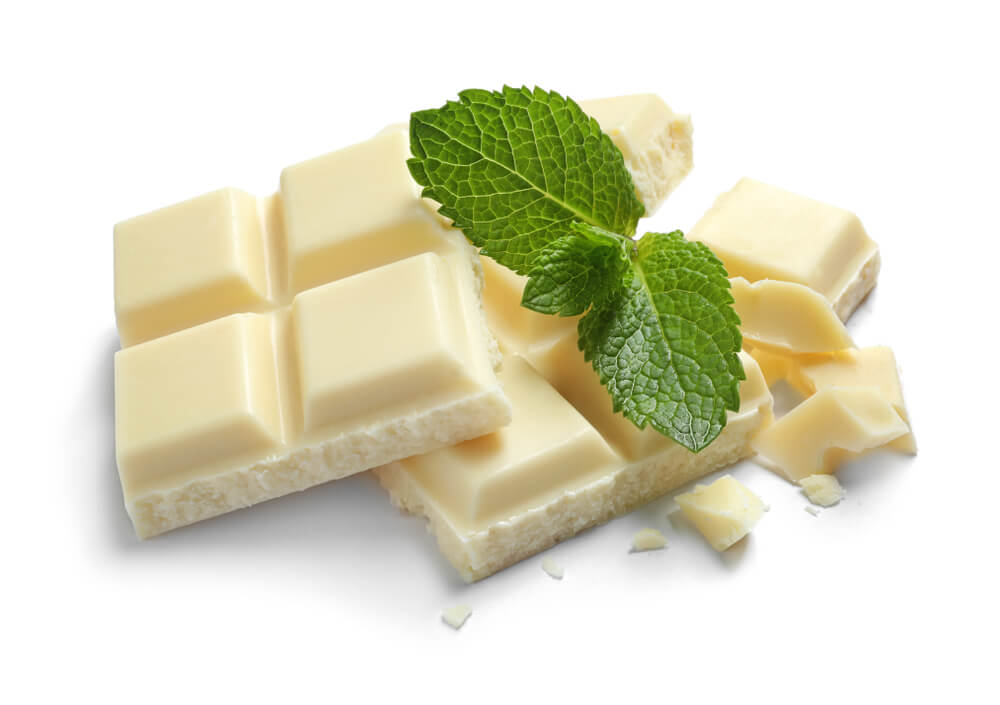
White chocolate does not contain cocoa liquor, but only cocoa butter, milk, and sugar, therefore it takes on a creamy color. It was established in 1930 and it is produced at a temperature of 27.9-30.5 ° C. It is very sweet, and thanks to a large amount of cocoa butter, it melts instantly in your mouth. However, attention should be paid to the high calorific value of this type of chocolate, which is due to the high content of saturated fats. Their consumption in enormous quantities is of course not conducive to maintaining a slim figure.
Pink or ruby chocolate
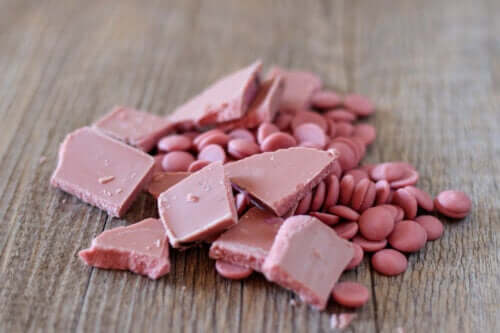
The pink chocolate was not created until 2017. It is made from properly fermented ruby cocoa beans. The pink color is therefore completely natural, and it is not necessary to add artificial colors to the product. This type of chocolate has a refreshing berry flavor and a delicate texture.
Chocolate with the addition of …
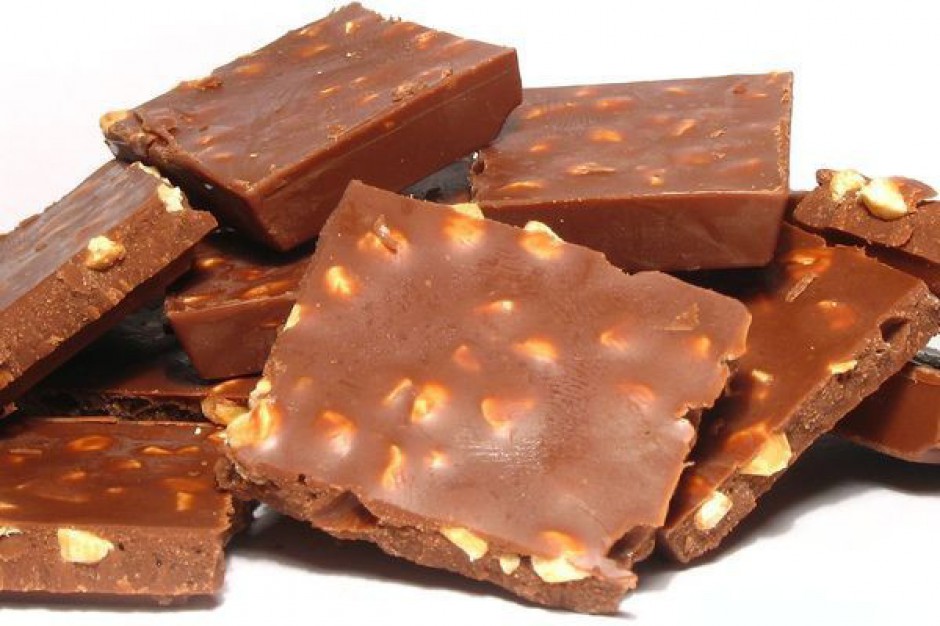
Of course, there are many more chocolate variants on the market than the above-mentioned ones. The most popular of them are chocolate with dried fruits, chocolate with nuts, or chocolate with fruit. Adults can try chocolates with alcohol, the most common are chocolates with several types of liqueurs. There are also chocolate substitutes considered to be low-quality products, in which the cocoa content does not exceed 10%.
For those who seek interesting taste sensations, chocolate manufacturers have prepared original variants. Lovers of spicy flavors can try chocolate with chili or chocolate with wasabi. Enthusiastic about meat flavors, if they look carefully, they can find chocolate with caramelized bacon or dried beef. One of the popular chocolate producers proposed popcorn plates, which seems to be an interesting alternative (maybe to the cinema?).
Properties of chocolate

Chocolate has a wonderful effect on your well-being. It increases the level of serotonin and endorphins, which makes us feel happy (sometimes even as if we were hit by a cupid arrow in the spring). Chocolate prevents depression and helps fight stress. How many times has a cube of chocolate allowed us to forget about troubles and sorrows even for a moment?
Chocolate allows you to replenish your energy reserves during mountain hiking or going crazy on the slope. And hot chocolate also wonderfully warms you up on chilly days.
Chocolate lovers love it not only in its original form but also as an addition to dishes and desserts. What’s more, chocolates and chocolates dominate as gifts for loved ones (see: culinary surprises).
There are many recipes with chocolate. You can enjoy them at any time of the day. It is worthwhile to wake up pleasantly and eat a chocolate cookie for your morning coffee. A hot dessert after dinner will also be good – for example, chocolate with whipped cream or a chocolate cake
Chocolate is healthier than you might think
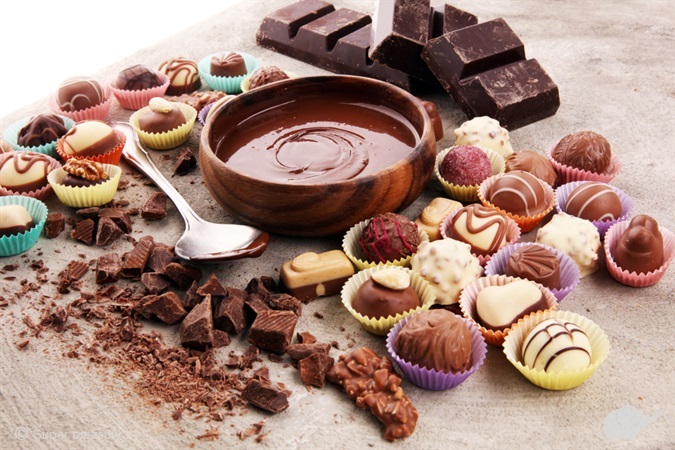
It has anti-inflammatory properties and improves mood – American scientists have finally published a study that confirms something that everyone has suspected for a long time: chocolate is good for you! Research shows just how healthy dark chocolate can be. It contains flavonoids that protect the circulatory system and can lower blood pressure.
So: Ready, steady, eat chocolate!



